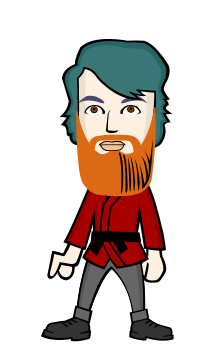In the years of 1831–1832, Michael Faraday discovered the operating principle of electromagnetic generators. The principle, later called Faraday's law, is that an electromotive force is generated in an electrical conductor that is subjected to a varying magnetic flux, as for example, a wire moving through a magnetic field. He also built the first electromagnetic generator, called the Faraday disk, a type of homopolar generator, using acopper disc rotating between the poles of a horseshoe magnet. It produced a small DC voltage.
Around 1832, Hippolyte Pixii improved the magneto by using a wire wound horseshoe, with the extra coils of conductor generating more current, but it was AC. André-Marie Ampère suggested a means of converting current from Pixii's magneto to DC using a rocking switch. Later segmented commutators were used to produce direct current.[4]
William Fothergill Cooke and Charles Wheatstone developed a telegraph around 1838-40. In 1840 Wheatstone was using a magneto that he developed to power the telegraph. Wheatstone and Cooke made an important improvement in electrical generation by using a battery powered electromagnet in place of a permanent magnet, which they patented in 1845.[5] The self-excited magnetic field dynamo did away with the battery to power electromagnets. This type dynamo was made by several people in 1866.
The first practical generator was made by Z.T Gramme, who sold many of these machines in the 1870s. British engineer R. E. B. Crompton improved the generator to allow better air cooling and made other mechanical improvements. Compound winding, which gave more stable voltage with load, improved operating characteristics of generators.
The improvements in electrical generation technology increased the efficiency and reliability greatly in the 19th century. The first magnetos only converted a few percent of mechanical energy to electricity. By the end of the 19th century the highest efficiencies were over 90%



